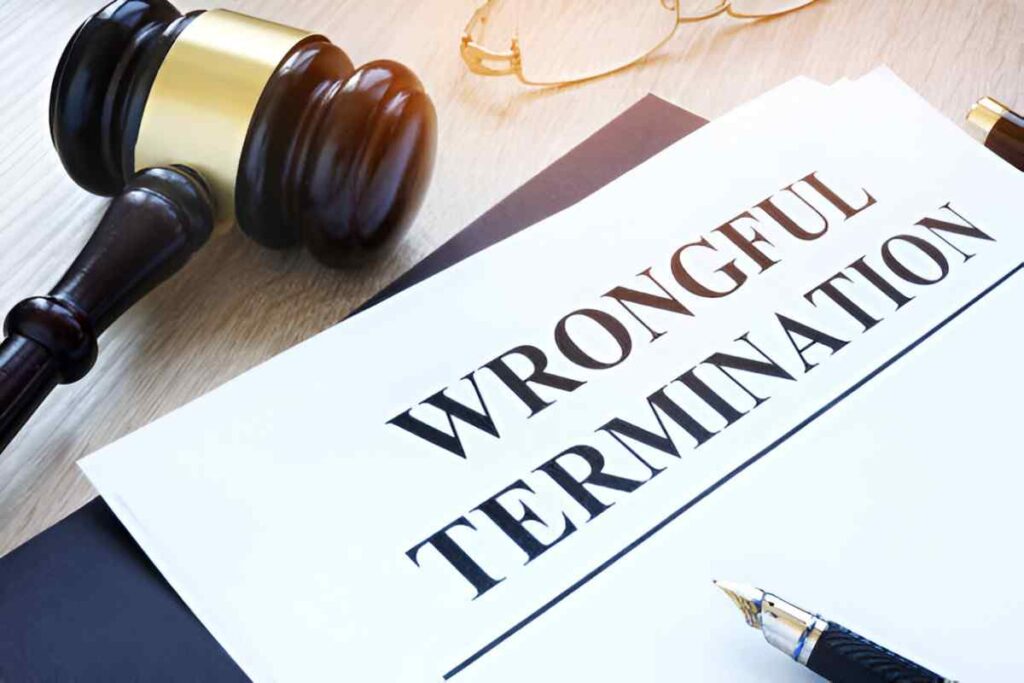In the realm of real estate and property law, estate in land refers to the degree, nature, or extent of ownership interest a person holds in real property. It determines the rights a person has over land and what they can do with it. This article explains the concept of estate in land, explores its different types, provides examples to illustrate each type, and discusses its significance in property law.
Table of Contents
What is Estate in Land?
Estate in land refers to the bundle of rights and interests that a person holds in real property. It defines the nature and duration of ownership or possession rights a person or entity has over land. Understanding estate in land is crucial in determining what activities an owner can undertake with their property and what rights they can transfer to others.
Key Points:
- Definition: Estate in land refers to the ownership interest or rights a person has in real property.
- Types: There are various types of estates in land, including freehold estates and leasehold estates.
- Rights: Estates in land dictate what an owner can do with the property and how long they can hold those rights.
Types of Estate in Land
Exploring Variants
Freehold Estates:
- Fee Simple Absolute: The highest form of ownership interest where the owner has full rights to the property indefinitely.
- Example: John owns a house and the land it sits on. He can use, sell, or lease the property without any restrictions.
- Life Estate: Ownership interest that lasts only for the lifetime of the owner or another designated person.
- Example: Sarah grants her son a life estate in her estate, meaning he can live in the property until he passes away.
Leasehold Estates:
- Term of Years Tenancy: Ownership interest for a fixed period, often established through a lease agreement.
- Example: Emily leases an apartment for one year. She has the right to use the property for that specific period as agreed.
- Periodic Tenancy: Ownership interest that renews automatically for successive periods until terminated by notice.
- Example: Mark rents a house on a month-to-month basis. His tenancy automatically renews each month unless he or the landlord gives notice to terminate.
Examples of Estate in Land
Practical Illustrations
- Fee Simple Absolute: Maria inherits a large estate from her grandparents. She has unrestricted rights to use, sell, or pass on the property as she sees fit.
- Life Estate: James grants his niece a life estate in his beachfront property. She can use the property during her lifetime but cannot sell it or pass it on to heirs.
- Leasehold Estate: The university leases a building for 99 years to construct a new campus. They have the right to use the property for the specified period but do not own it outright.
Significance of Estate in Land
Legal and Practical Uses
- Property Transactions: Determines how property rights are transferred and what rights are conveyed to buyers or lessees.
- Inheritance and Succession: Dictates how property is passed down through generations based on the type of estate held.
- Land Use Planning: Guides zoning laws, development rights, and environmental regulations based on the type of estate.
Conclusion
Understanding estate in land is fundamental for anyone involved in real estate transactions or property law. It defines the rights and interests that individuals or entities hold in real property, ranging from complete ownership to temporary possession through leases. By distinguishing between freehold and leasehold estates and providing clear examples, individuals can grasp the implications of different types of estate in land on property ownership and use. Estate in land not only determines ownership rights but also influences property management, legal disputes, and estate planning decisions. As such, it plays a pivotal role in shaping the legal landscape of property ownership and usage, ensuring clarity and fairness in real estate transactions and property rights enforcement.





